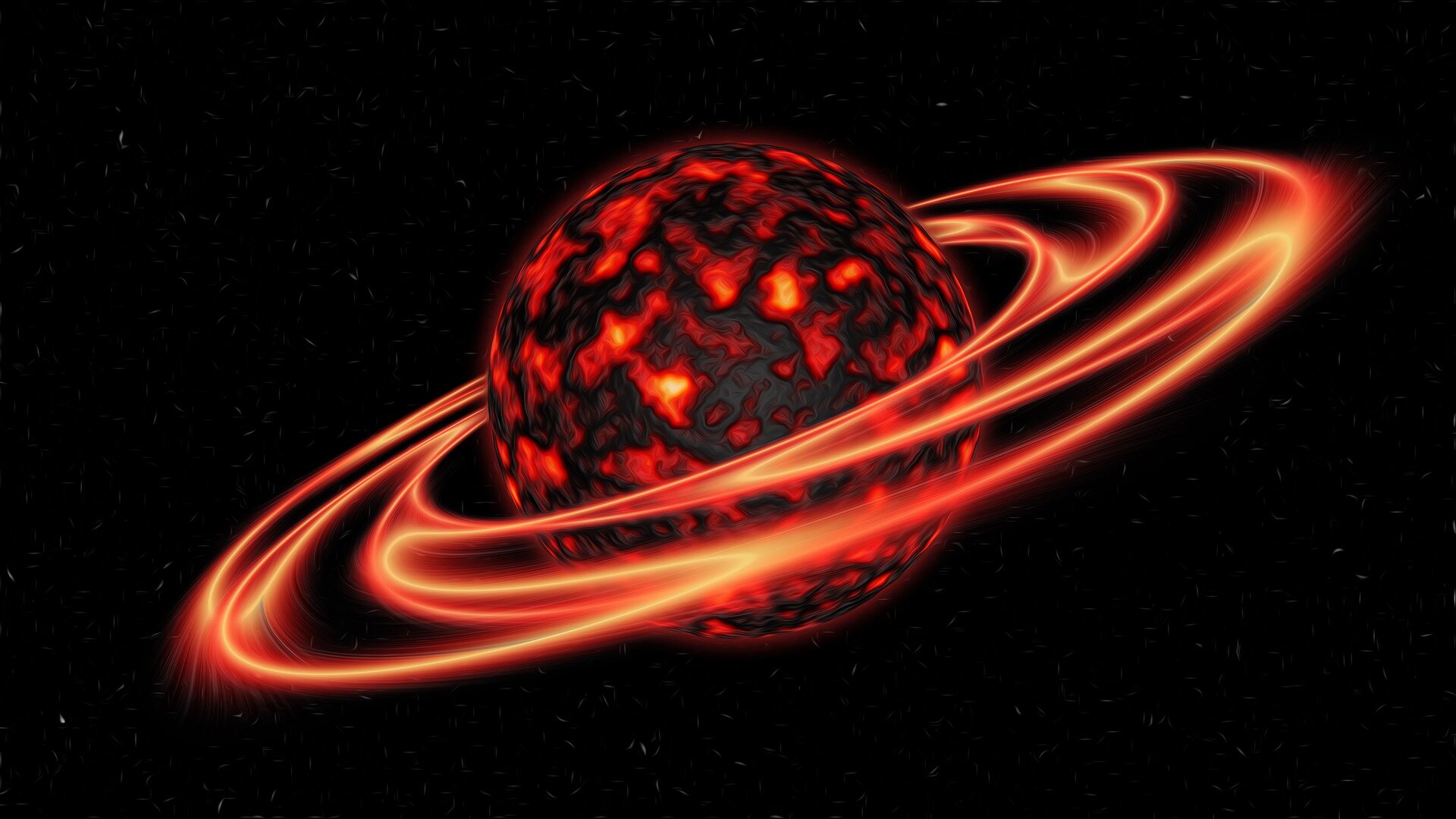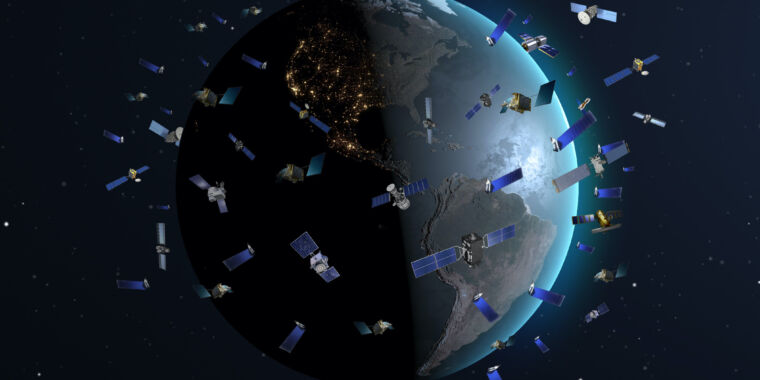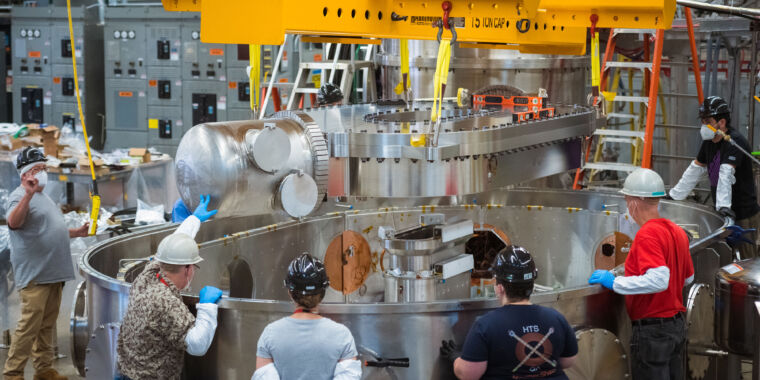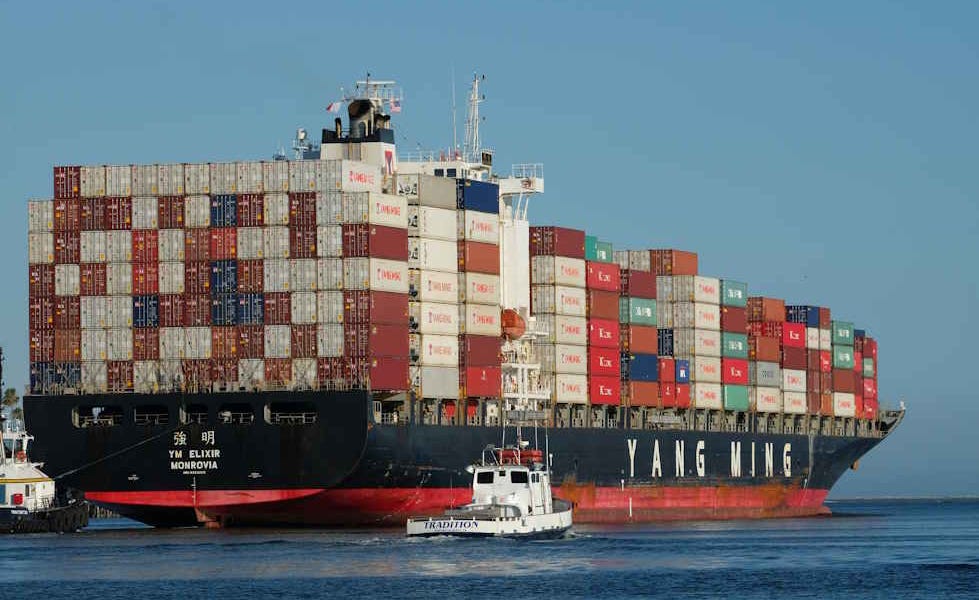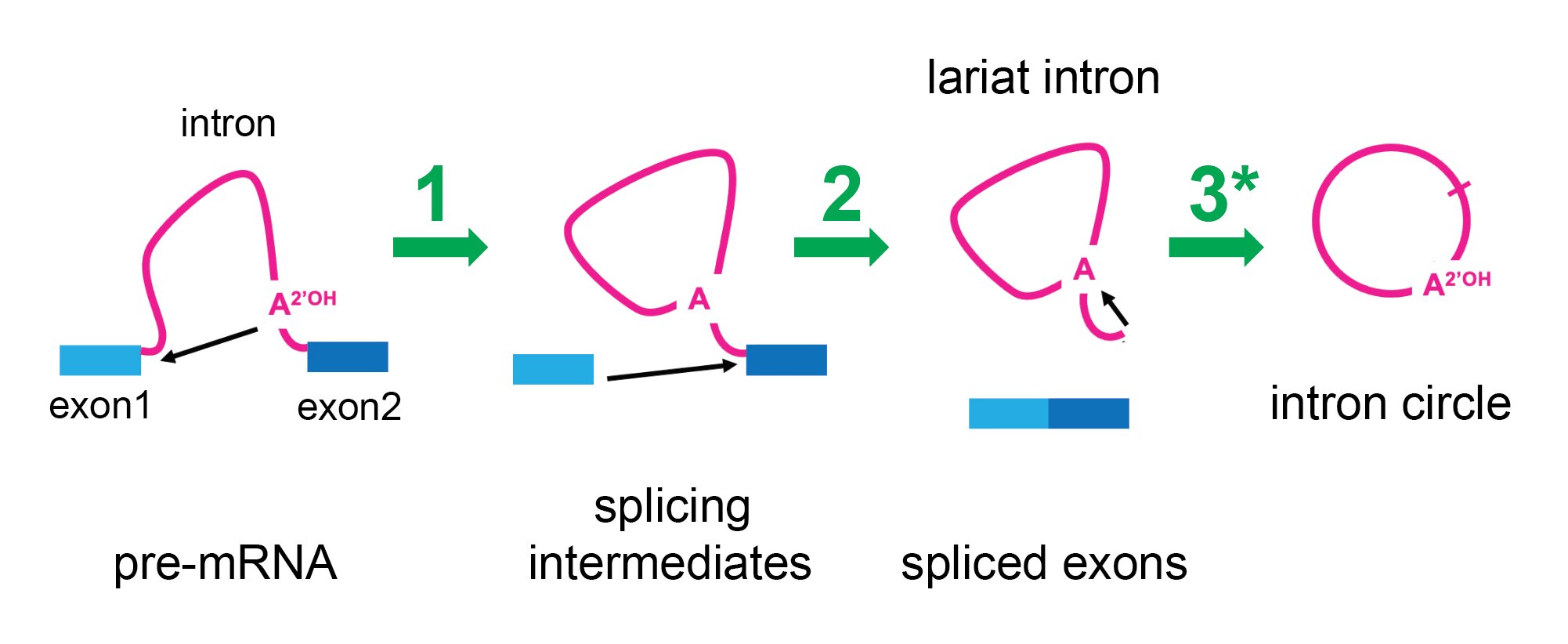
Controversial paper claims satellite 'megaconstellations' like SpaceX's could weaken Earth's magnetic field and cause 'atmospheric stripping.' Should we be worried?
A theoretical new paper argues that atmospheric metal pollution from falling space junk could create an invisible conductive shield around our planet that might weaken our magnetosphere. However, other experts are skeptical of this idea.
"Spacecraft dust" from defunct satellites burning up in Earth's atmosphere could weaken our planet's magnetic field, a controversial new paper suggests.
In the worst-case scenario, the unchecked expansion of commercial satellite "megaconstellations" orbiting Earth, such as SpaceX's Starlink network, may generate enough magnetic dust to cut our planet's protective shield in half, potentially leading to satellite disasters and "atmospheric stripping," the paper's author told Live Science.
But is this outcome really likely? Other researchers are skeptical of the paper's claims, though they all agree on one thing: there's an urgent need to quantify the scale of the problem.
Private satellites currently in orbit are a rapidly growing headache for astronomers due to their tendency to photobomb cosmic images and interfere with radio telescopes, as well as the increased risk of collisions with other spacecraft. But the real threat they pose may be what happens to them when they die.

